CHILE Santiago Public Transportation Guide and how to move around the city.
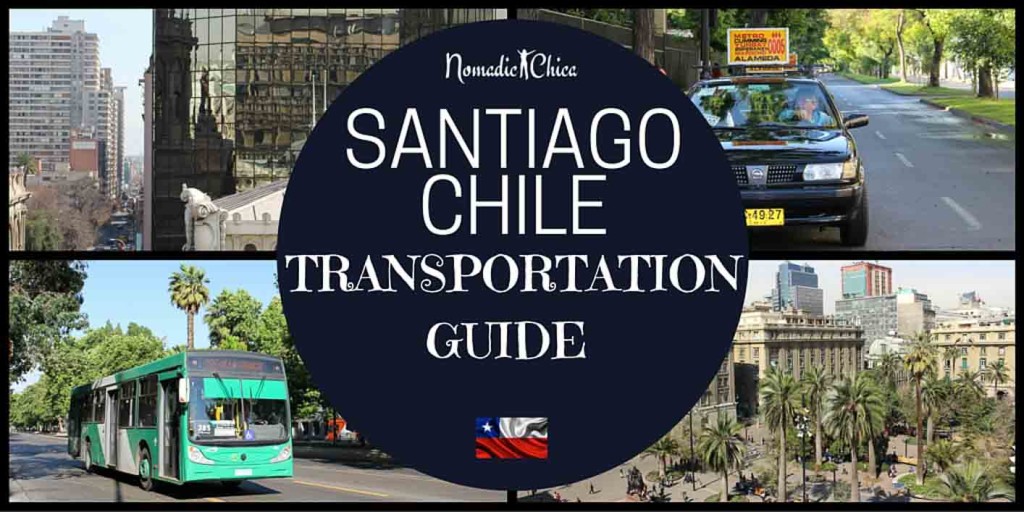
Santiago is one of the most modern cities in Chile and one of the most visited in South America. It is a place of international flights arrival and starting point for those who want to travel the country or continent.
If you plan on spending a few days in Santiago, even if you want to spend a weekend in the city, it is very useful to know before getting around inside the city, as well as fees for each service.
Moving in Santiago, and in general, in Chile is quite simple, especially if you speak Spanish, you should be able to reach anywhere without problems in the most central area of the city.
despite being a very safe city in general, in Santiago and in many cities there Latinomérica crime rates much higher than in northern countries.
Not to alarm you, but these things happen and we don’t want your welcome to the city will be with some surprise of this kind.
Best advice would be: Be careful when you move in public areas, whether in transport in Santiago as well as in restaurants, concerts and any activity that involves being around other people.
The most common thing that happens in micros or metro is pickpocketing and petty theft called ‘cartereo’, in which you’ll only notice several minutes later that your bag is open and someone took your wallet and camera from within it without notice it.
Here more about what to do in Santiago
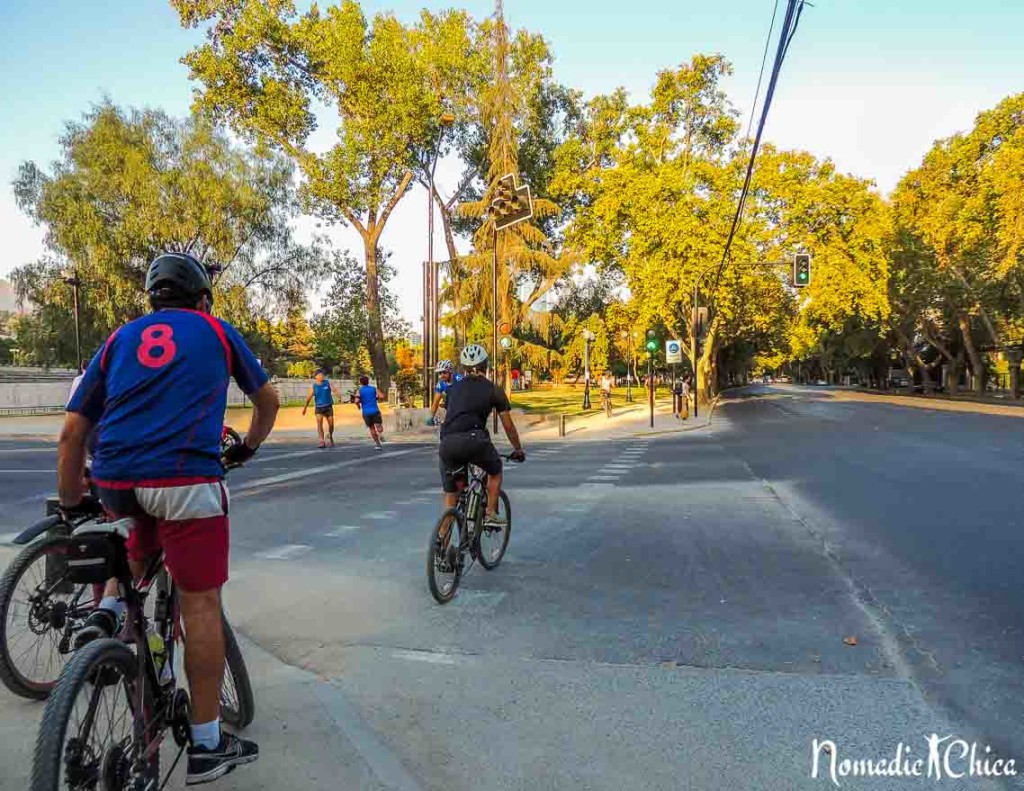
Who controls, supervises and regulates the transport of Santiago is the Metropolitan Transit Board (DTPM). Directorio de Transporte Público Metropolitano (DTPM).
There are various transportation options and which one to choose depends on how much time and money you want to spend on your trip, as well as how much comfort you require.
The public transport system in Santiago is organized into four services:
Metro
Micros (buses)
Taxis
Colectivos
Tren
Buses Interurbanos, Intercity Buses
For details about how to go from airport to the center of Santiago
CLICK HERE
Transantiago: The transport system that unifies ‘Micros’ and Metro in Santiago.
Transantiago was fully implemented in 2007 and it meant a transformation in the public transport system. With much controversy in the beginning because it implied a change in the routes, in the form of payment and especially in the way that the people of Santiago were driving through the city.
Before Transantiago, the most common was to take a bus that would take you from your home to your destination. Lengthy journeys traveling through different districts were users always look for THE bus that would took them to their final destination. Very few used the Metro as it involved paying a new ticket.
With the implementation of Transantiago journeys became shorter and forced users to study how to reach their destinations, but the main benefit is that combined rate with the metro system and many began to use a service that was underutilized.
To schedule and organize your trips you can visit the Transantiago website
The other major change was the change in the payment system. With a unified service tariff with a unique card for this purpose: the Bip!
Payment System, the Bip! Card
The public transport system in the city is paid with a single card with a set rate for travel on the Metro and Micros.
The official payment is by Bip! and there are different rates for adults, students, and elderly. You can buy it for $ 1400 ($ 2.4 USD) in subway stations, malls, and Bip! points and loaded with a minimum of $ 1,000 and up to $ 25,500).
– Micros (buses) Price: $ 620 ($ 1.05 USD) at all times
– Metro Price: $ 700 ($ 1.19 USD) during peak hours, $ 640 ($ 1.09 USD) at peak times and $ 590 ($ 1 USD) in low hours.
The system performs a proportional payment of the second passage to complete the combined total fee and allows travel between different buses in the same direction and a subway ride to the same value for two hours.
This payment system was implemented a way to improve the safety of users and drivers of public transport to avoid the circulation of money directly for fare payment. The downside is that if you don’t have the card you can’t pay your ticket on the buses, only in the Metro unit can buy unitary tickets, so if you use the buses you have to buy a card to pay for your ride.
With the same card you can pay several passages, but made only the combination of the rate for one.
You can review the history tours you paid with your card Bip! in tarjetabip.cl and you can also lock in the case of loss and supposedly recover the unused balance.
As it is only possible to recharge the Bip! at the points provided and there is no monthly or annual charge.
The system entitles you to an emergency trip when you do not have enough credit and you’re out of time when you can charge it. This is from Monday to Saturday between 21:00 and 11:00 the next day and between 14:00 and 11:00 the next day on Sundays and holidays and the amount used will be deducted when you make the next load of money.

Mandatory Personal Accident Insurance SOAP
Everyone who is involved in an accident involving any form of public transport is covered by an accident insurance.
This insurance is valid for up to 1 year from the date of the accident and ensures coverage against injury, death or disability in case of an accident. It covers up to 200UF for doctors attention and 300 UF expenses in case of death.
Metro de Santiago
The Metro de Santiago is part of the integrated public transport system in the city. Connected to the system of urban and intercity buses and unified payments system in the urban network, the Bip!
The ticket in Metro varies according to the schedule in traveling, while the passage of the bus has the same cost at any time of day.
Santiago Metro runs from 5:40 to 23:00 on weekdays. On Saturdays opens at 6:30 and closes at 23:00 and Sundays and public holidays trains run from 8:00 until 22:37.
- In low hours (between 6:00 and 6:29 pm or between 20:45 and 23:00 hours) worth $ 610,
- In peak times (Saturday, Sunday, and holidays, and Monday through Friday from 6:30 to 6:59 pm from 9:00 to 17:59 hours or from 20:00 to 20:44 hours) $ 660
- In prime time (7:00 and 8:59 hrs. And between 18:00 and 19:59 hours) $ 720.
To know more about Santiago Metro visit www.metro.cl
SantiagoThe underground Santiago Metro network has 5 lines:
Line 1
Line 2
Line 4
Line 4A
Line 5
See the map with all Santiago Metro Network
In general, the cars stop at all stations except in the lines 2, 4 and 5. In rush hour, trains stop only by the color of the station and take a light indicating the color set.
Metro de Santiago has a culturally diverse and variable program. One of my favorites is the Bibliometro program, a book loan system in conjunction with the Dibam. It is a system that almost for free and prior registration provides over 500,000 books a year to Metro users.
Buses or Micros
The Santiago bus system covers nearly 6.2 million users in 32 districts of Santiago and San Bernardo, within a geographic area of nearly 680 km2. Every day more than three million trips are made in Transantiago buses.
This system is organized in defined by a color and letter you identify the buses that bring passengers to the trunk buses, green with white, passing through the main streets and the Metro areas.
Transantiago buses, commonly called ‘Micros’ by Chilean comprise two types of buses. From short buses carrying up to 65 passengers to articulated buses that can carry up to 160 passengers and include special access for wheelchairs.
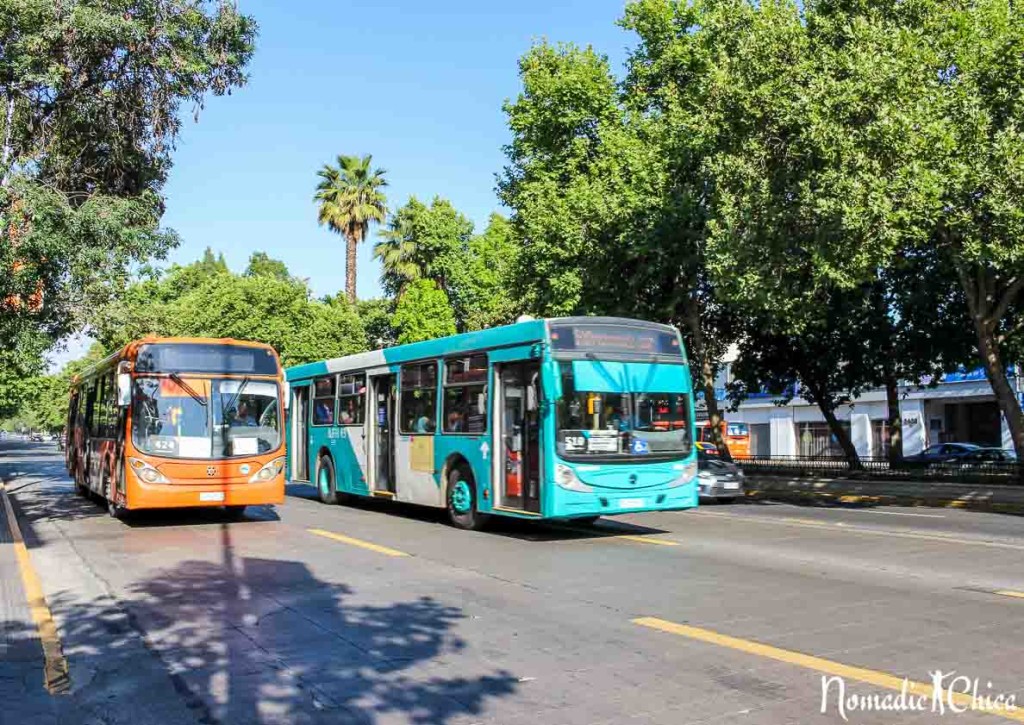
Santiago micros routes operate 24 hours on some routes, but the night service varies in frequency, which in many areas is decreasing significantly and remain especially in areas where the nightlife develops like Avenida Providencia, Vicuña Mackenna and Irarrázabal.
One important thing to know is that while bus stops have a defined name, when you go inside the bus no one announces the stops, so you should be attentive to the place where you have to get off. A commonly used technique is to ask the driver or a passenger to alert you where you descend.
I suggest you look on the map the major streets located before your stop so you do not go overboard!
Taxis
As in any city in the world, taxis are a private shuttle that will take you to your destination you need. The collection is done by minutes meters travel and not all taxis operating at the same rate.
In general, taxis charge $ 300 for starting and then between $ 100 and $ 130 every 200 meters. In general, you can agree on a value for ‘race’ beforehand if you know the distance and the point at which you arrive.
In Santiago, there are several applications for ordering taxis safer because you can meet the previous rate and the data of the car and driver.
Very important in all taxis you can demand your proof of payment, which does not always happen.
There are famous stories about taxis in Santiago and even my have happened to me some. Excessive tourists and local recovery are the most common of all
If you want to know more about the most common scams to travelers CLICK HERE
Colectivos
Colectivos are a Taxi system with a fixed price and travel and can use up to four passengers going to a common destination. They are cheaper compared to taxis.
Generally, they expect to be filled to start the route, but the valley times you can even ask the driver if he can drop you in your direction by a value added to the fixed price.
You find them generally close to the exit of the major subway stations and major points within the city. The can be recognized by their distinctive black color with a sign at the ceiling detailing the journey that made
Look for more about the routes that make collective on the website https://www.ubicatucolectivo.cl/
Trenes
The train system in Chile was a big change during the military government in the 80s since 2000 has again been changing the structure to integrate the public transport system and is now an integrated part of the metropolitan public transport system, integrating their payment with card Bip! At stations near Santiago.
You can make trips from Santiago to the south, now to the city of Chillan on a regular basis and occasionally to the city of Temuco.
To learn more visit www.efe.cl
Buses Interurbanos
The system of intercity buses that connect Santiago with the rest of the country is organized in different points from which to take the bus.
– Terminal Pajaritos: for buses heading north to the central coast and Valparaiso and Vina del Mar as well as buses to the airport. Located at the Intermodal Station Metro Pajaritos
Address: Av General Oscar Bonilla, Lo Prado, Santiago. Metro Pajaritos
– San Borja Terminal: buses that travel to northern Chile and buses to the airport
Address: No. 235 San Borja, Santiago / Metro: Metro Central Station / Phone: 56-2 2776 0645 – 2776 7079 56-2
– Terminal Sur: for buses traveling south. One block from the Metro station Universidad de Santiago.
Address: Avenida Libertador Bernardo O’Higgins 3850, Santiago. Metro:. Universidad de Santiago
Phone: 56- 2 2376-1750
Web: www.terminaldebusessantiago.cl
– Terminal Alameda: For trips taken with Pullman or TurBus companies.
Address: Avenida Libertador Bernardo O’Higgins 3750, Santiago. Metro: Universidad de Santiago.
Phone: 56 2270 7425
– Terminal Los Heroes (Terrapuerto) for buses traveling north of Chile and Mendoza
Address: Tucapel Jimenez 21, Santiago Centro. Metro: Los Heroes
Phone: 562 24200099
Web: www.terminaldebuseslosheroes.cl
Apps that will help you explore the city of Santiago
To locate the routes of Transantiago buses there are several applications, this is possible because the bus fleet is controlled by GPS, which allows to know the arrival times of the different stops specifically through Internet. There are applications for mobile and also some through text messages.
Many applications use the stop code that is in the lower right corner of the signage of the Bus stops, if you’re lucky to see it and it is not scratched, lol.
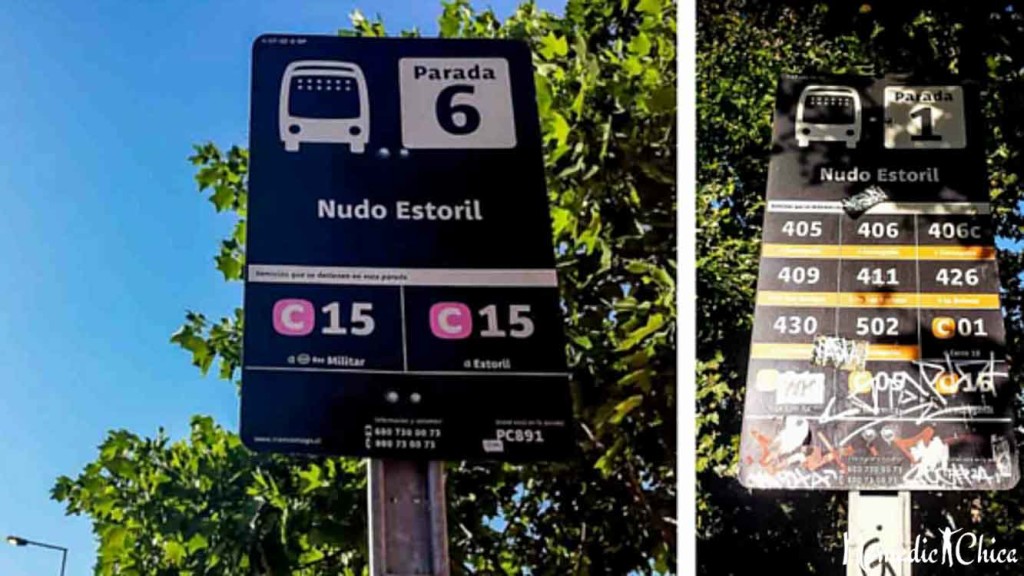
Micro:
My favorite, easy to use and also compatible with any device that runs on Android OS 1.6 or higher.
It allows free consultation and estimated time remaining until a bus arrives at a specific distance whereabouts. To use it you must enter the code from the stop where you are and the application will tell the buses are on the way to that place and stay for few minutes about it, as well as the distance in meters.
Más información en https://micro.memetic.cl/
Paraderos.cl
It is a free application can also be accessed on its web version is compatible with Android, iPhone, iPod Touch, twitter and GoogleTalk. You can find the whereabouts of Transantiago near your location and waiting times for buses
Más información en https://paraderos.cl/
ITransantiago:
A free iPhone application developed exclusively for Unity Digital Modernization and Government of Chile. It allows to know the different existing routes between two points and the arrival time from the nearest bus.
Más información en https://itransantiago.modernizacion.gob.cl/
Google Transit:
Google joined the trip planner information Transantiago Metro and organize trips to allow users of public transport. It can be used from a computer or smartphone and includes details of the route to make including bus number, route, and time of arrival to the destination.
Más información en https://maps.google.com/landing/transit/index.html
TransantiagoMaster:
It is a tool that includes a detailed map of the city, including routes and Micros and Metro stops. It helps you determine the best route to reach a destination and arrival times of the routes and locations of points bip! closest.
Más información en https://www.transantiagomaster.cl/
Ubicatucolectivo
It is a free application that can be used both as a computer systems from a smartphone Apple OS, Symbian, and Android. It allows to know the stops and tours of groups in Santiago and other Chilean cities.
Más información en https://www.ubicatucolectivo.cl/


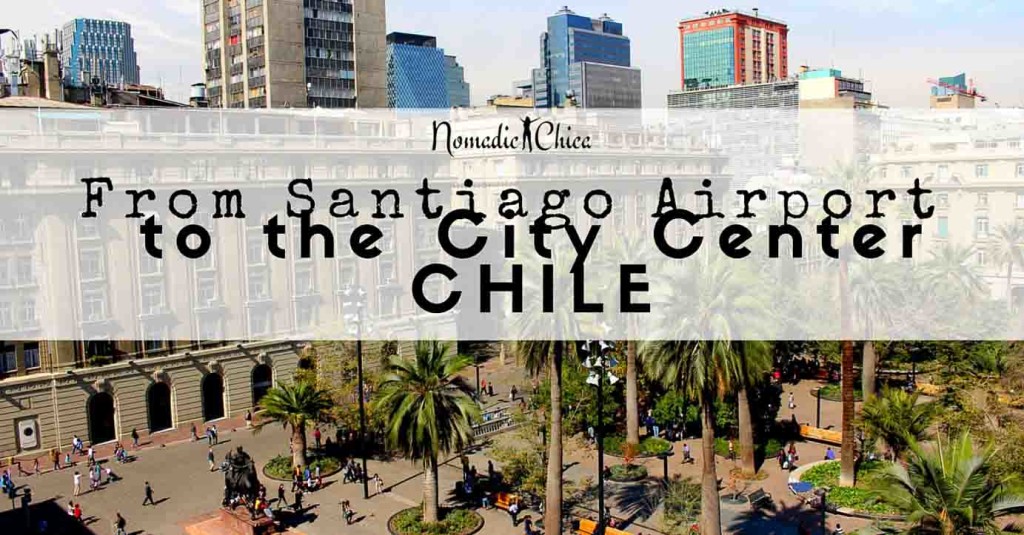
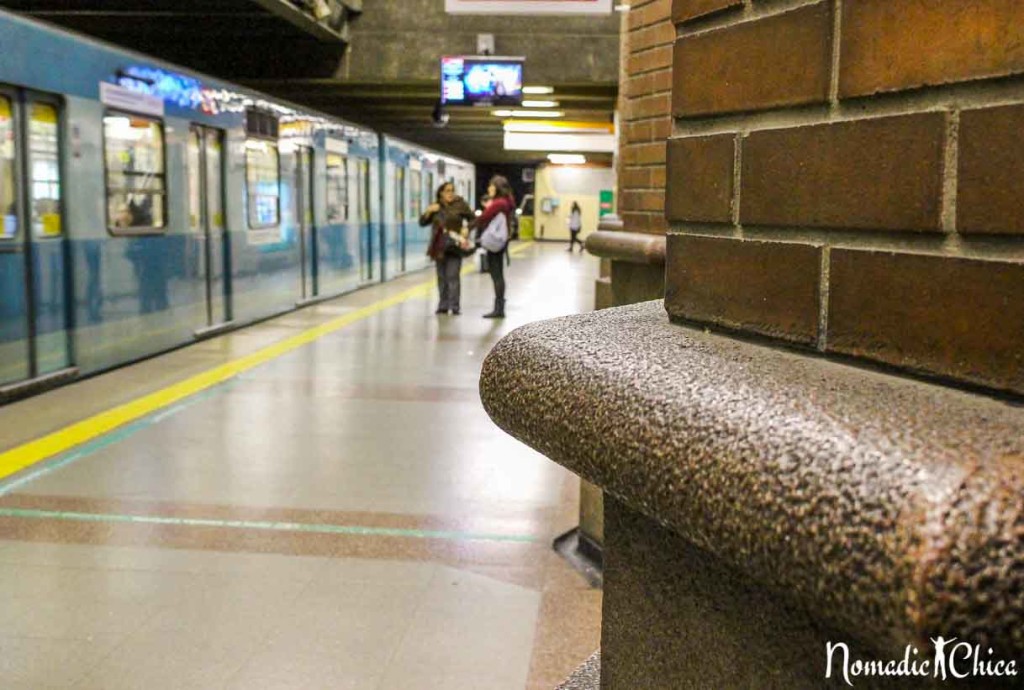
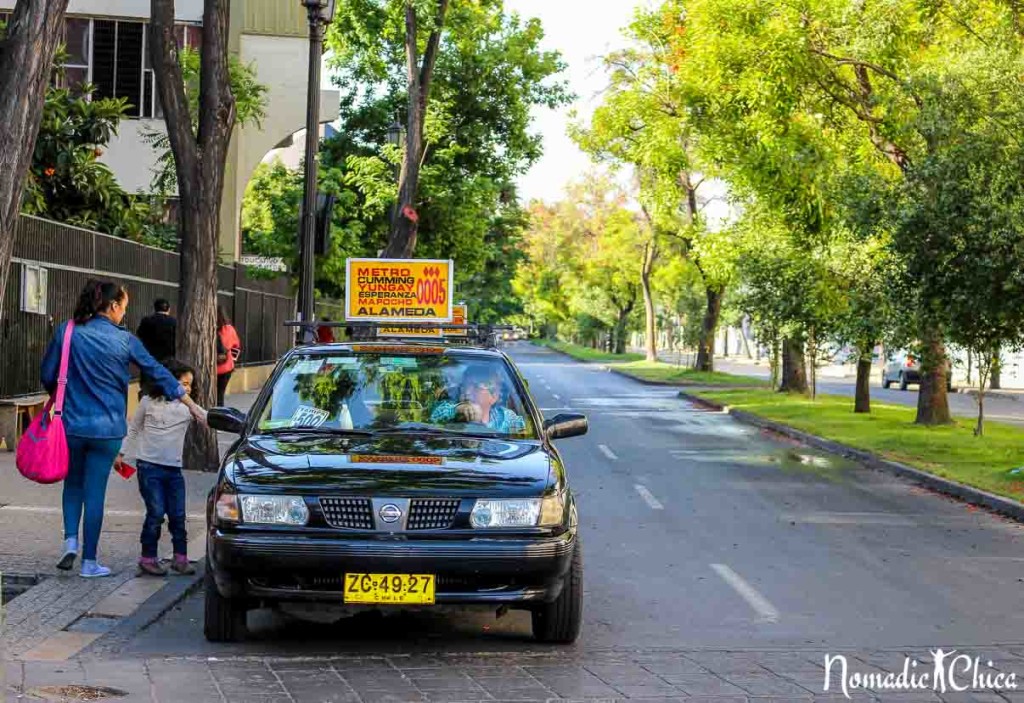
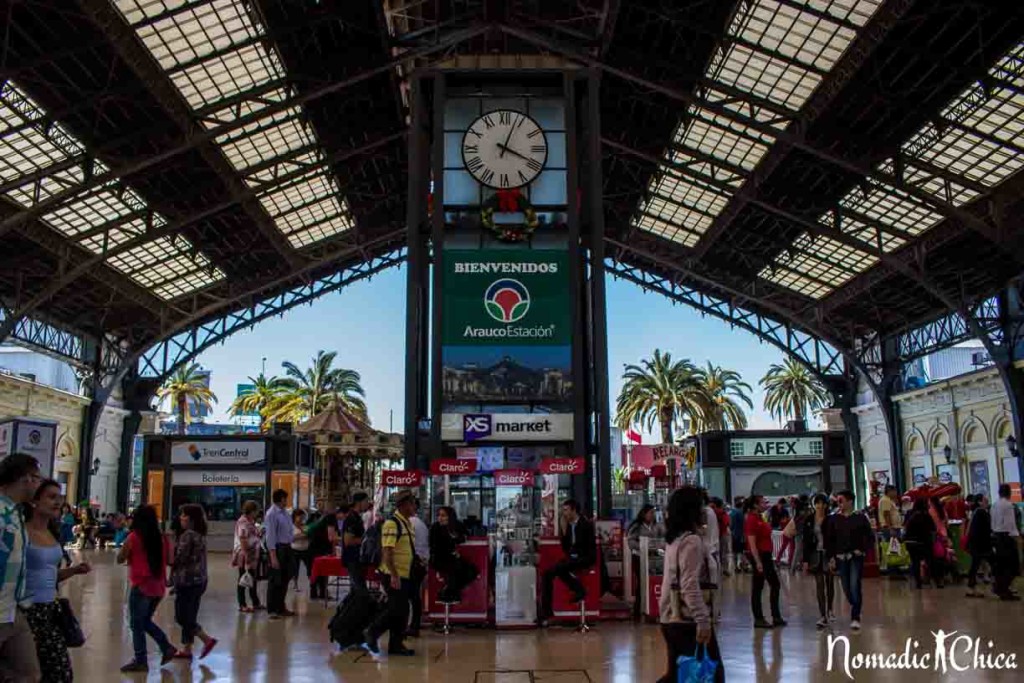
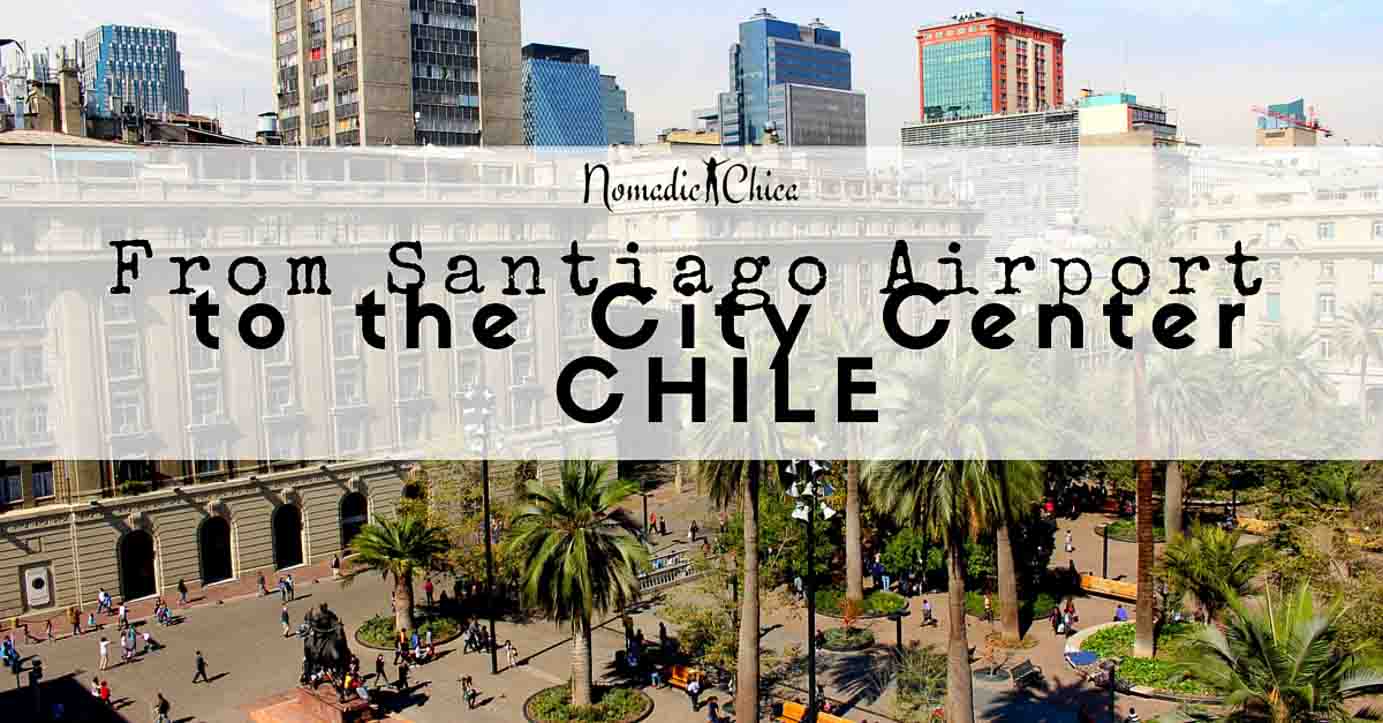














0 Comments